DesignGPT-AI-powered product design tool
AI-Powered Design Analysis & Visualization
设计一个太空风格的行李箱
设计一个儿童专用的水杯
设计一个包豪斯风格的人体工程椅
设计一个极简风格的台灯
Related Tools
Load More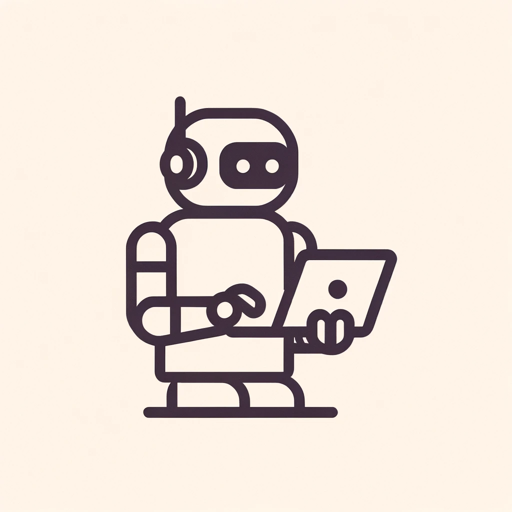
DesignerGPT
Creates and hosts beautiful websites, seamlessly integrating DALL·E-generated images. Sends the website to Replit for further refining and personal domain. Your all-in-one AI solution for web development.

GPT Builder Builder
Your guide to creative GPT building.
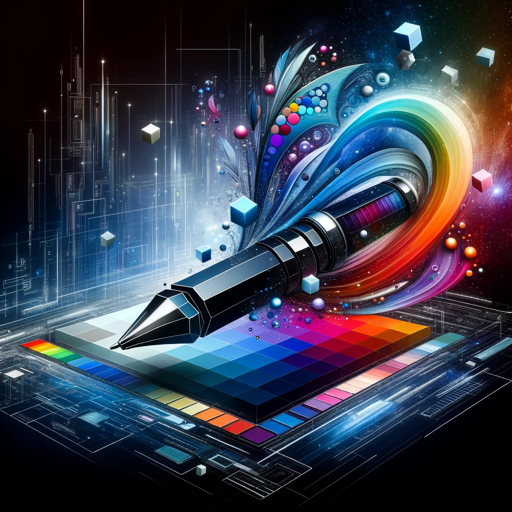
Designer GPT
A creative assistant for designing social media content.

UX Design GPT • Based on Design-Thinking
Your personal UX Designer, helping you in research, definition, ideation, prototyping & testing. Based on Design Thinking.
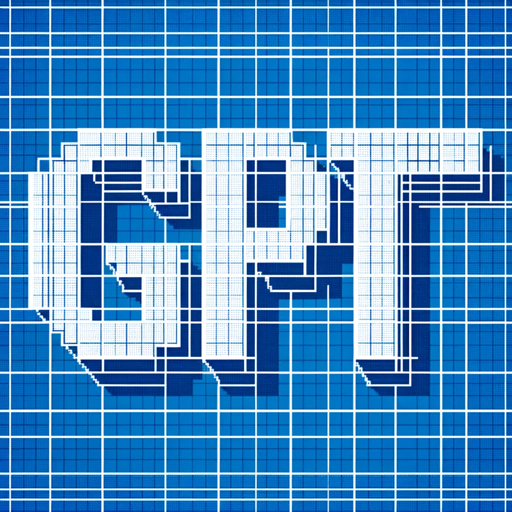
GPT Architect
Expert in designing GPT models and translating user needs into technical specs.
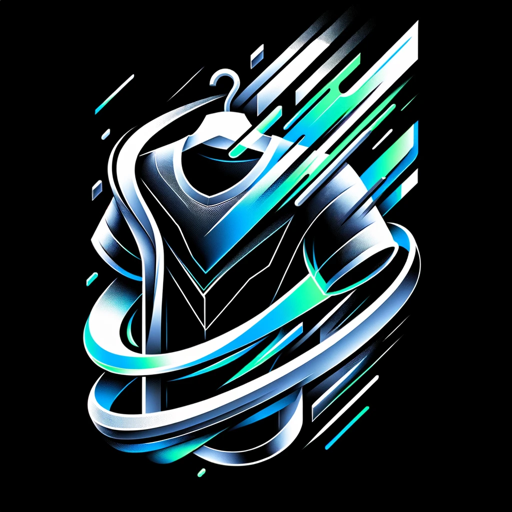
Redesign GPT
Creates vector designs from any image
20.0 / 5 (200 votes)
Introduction to DesignGPT
DesignGPT is a specialized version of ChatGPT, tailored for the field of product design. Its primary functions include providing detailed product design analysis and creating visual representations of design concepts. Utilizing advanced AI capabilities, DesignGPT can analyze input elements such as materials, creativity, and specifications, and then output images that illustrate the design concepts. For example, a user might describe a new type of ergonomic chair, specifying the materials and design features. DesignGPT would analyze these details and generate a 3D model or rendering of the chair, showing how it would look and function in a real-world setting.

Main Functions of DesignGPT
Detailed Product Design Analysis
Example
Analyzing a new smartphone design for ergonomic and aesthetic qualities.
Scenario
A company wants to develop a new smartphone and provides DesignGPT with specifications such as screen size, materials, and desired features. DesignGPT analyzes these inputs and provides a detailed report on the potential design, highlighting areas for improvement and suggesting enhancements.
Creating Visual Representations
Example
Generating a 3D model of a new type of eco-friendly water bottle.
Scenario
An entrepreneur describes their idea for a sustainable water bottle, including materials like recycled plastics and a unique cap design. DesignGPT takes these details and produces a detailed 3D rendering, showing different angles and features of the bottle, helping the entrepreneur visualize the final product.
Material and Specification Optimization
Example
Optimizing the materials used in the design of a new office chair for cost and durability.
Scenario
A furniture company is developing a new office chair and wants to balance cost with durability. They input their current design and materials into DesignGPT, which then analyzes the materials and suggests alternatives that maintain quality while reducing costs, also providing insights on durability and user comfort.
Ideal Users of DesignGPT Services
Product Designers
Product designers can leverage DesignGPT to quickly visualize and iterate on their concepts. The ability to receive detailed analysis and high-quality renderings helps designers refine their ideas and communicate them more effectively to stakeholders.
Entrepreneurs and Startups
Entrepreneurs and startups benefit from DesignGPT's capabilities to bring their ideas to life with professional design insights and visual representations. This is particularly useful for pitching to investors, developing prototypes, and planning production.

How to Use DesignGPT
Step 1
Visit aichatonline.org for a free trial without login, also no need for ChatGPT Plus.
Step 2
Familiarize yourself with the user interface and explore the various design tools and options available.
Step 3
Identify your design requirements, including materials, specifications, and creative goals, to input detailed queries.
Step 4
Utilize the analysis features to get insights on product design, material usage, and potential improvements.
Step 5
Leverage the 3D modeling and rendering tools, such as C4D or Blender, to visualize and refine your designs.
Try other advanced and practical GPTs
Creative Marketeer
AI-Powered Tool for Creative Marketing Solutions
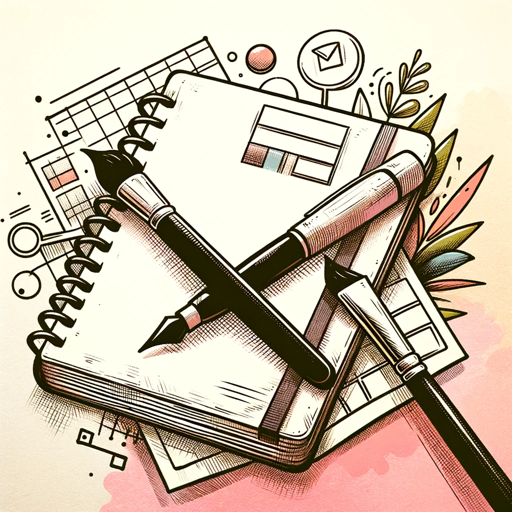
Business Analyst GPT
AI-powered tool for smarter analysis.

Ads Incrementality & Campaign Analyst
AI-powered ad incrementality analysis.

Data Science Copilot
AI-Powered Data Science Assistant
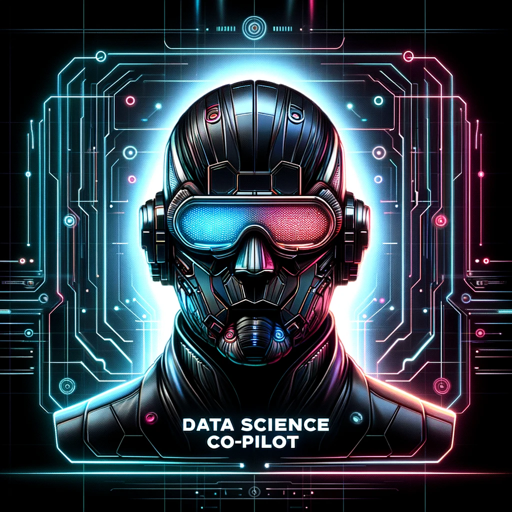
Home Decoration and Interior Design
AI-powered Home Decoration Tool

Pro MASTER SEO CON MARKDOWN BY ITALO
AI-powered tool for SEO-optimized content

Anki Flashcards GPT
AI-Powered Flashcard Creation for Efficient Learning

Explain Math
Understand math with AI-powered explanations.

Paraphrase AI
AI-powered paraphrasing for clear communication
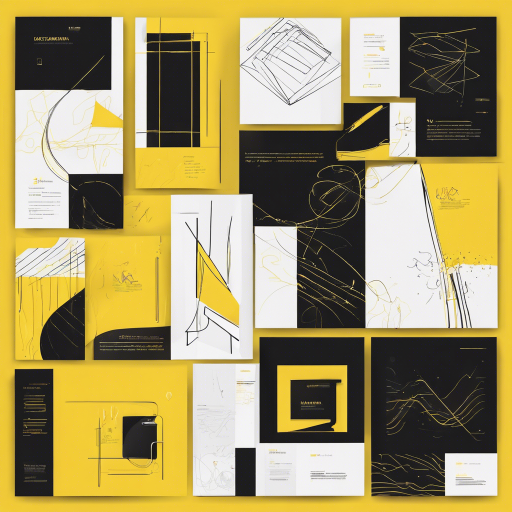
Marketing Mentor
AI-driven marketing insights for small businesses.

Word Wizardry: The Copywriting Alchemist
AI-driven creativity for compelling copy

AI Task Decomposer
AI-powered Task Decomposition Simplified
- Product Design
- Creative Concepts
- 3D Rendering
- Material Analysis
- Specification Refinement
Detailed Q&A about DesignGPT
What is DesignGPT primarily used for?
DesignGPT is primarily used for detailed product design analysis, including material selection, creative design concepts, and specification refinement.
What tools does DesignGPT use for rendering?
DesignGPT utilizes C4D for 3D modeling and Blender for detailed rendering, providing high-quality visualizations of design concepts.
Can DesignGPT assist with material selection?
Yes, DesignGPT offers insights into suitable materials for your design projects, helping you choose the best options for durability, aesthetics, and functionality.
How does DesignGPT enhance creative design processes?
DesignGPT enhances creative design processes by offering detailed analyses, suggestions for improvements, and visualizations to refine and perfect design concepts.
Is DesignGPT suitable for all types of product design?
Yes, DesignGPT is versatile and can be used for a wide range of product design applications, from industrial design to consumer products and beyond.